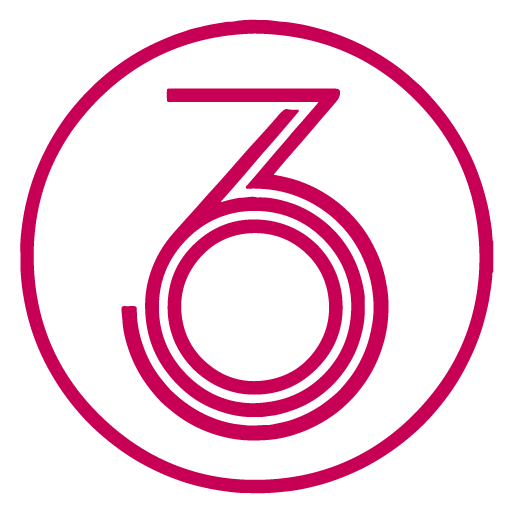The Structure of Your Website
Your site’s structure—how pages are organized, linked, and labeled—is the invisible architecture that makes everything work. When the foundation is solid, users find what they need faster, conversions rise, and search engines understand (and reward) your content.
Continue Reading
What “website structure” really means
Structure covers your information architecture (IA), navigation, URL hierarchy, page templates, internal linking, schema, and content model (how content types relate inside your CMS). It’s the difference between a pretty brochure and a scalable growth platform.
Why structure = better UX and better SEO
- Findability: Clear menus, labels, and search help visitors reach answers quickly.
- Crawlability: Logical hierarchies and internal links help bots discover and index pages.
- Relevance: Topic clusters and schema markup reinforce what each page is about.
- Speed & accessibility: Lean templates and semantic HTML improve performance and usability.
Helpful resources:
- Google’s SEO Starter Guide
- NN/g on Information Architecture
- PageSpeed Insights for performance checks
- Schema.org for structured data
The 7 building blocks we implement
- IA & labels: Card sorting and tree testing to name and group content people actually expect.
- Navigation patterns: Primary/secondary menus, breadcrumbs, and footer routes that reduce friction.
- Content model: Reusable page types (e.g., Service, Case Study, Blog, Location) mapped to business goals.
- Internal linking: Topic hubs and related links that keep users—and authority—flowing.
- URL strategy: Short, human-readable slugs with consistent patterns.
- Schema & semantics: Mark up content so search engines understand context.
- Performance & accessibility: Lightweight components, alt text, headings, color contrast, keyboard nav.
Signs your structure needs a refresh
- Visitors bounce after one page, or can’t find key info in 3 clicks.
- You’ve grown new services/locations but navigation hasn’t kept up.
- Content lives in silos; blog posts outrank service pages for purchase-intent queries.
- Slow loads from heavy, one-off page designs.
How Studio 360 Design rebuilds the foundation
Discover → Map → Wireframe → Design System → Develop → Migrate → Measure.
We align IA to your offers, design clean templates, implement SEO essentials, then track outcomes. When your business evolves, your structure scales with it.
Ready to strengthen your foundation?
Start here: Contact Studio 360 Design

